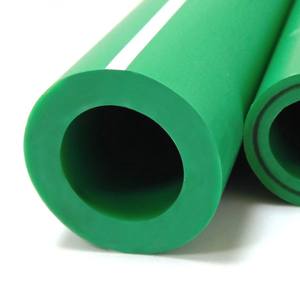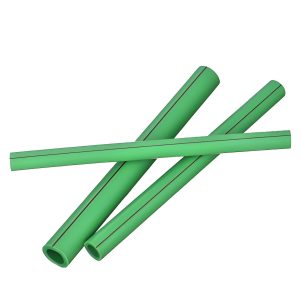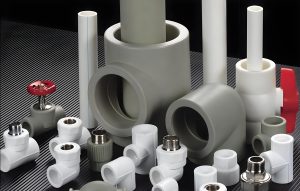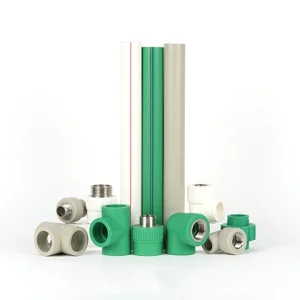LUOYANG DATANG ENERGY TECH CO.,LTD
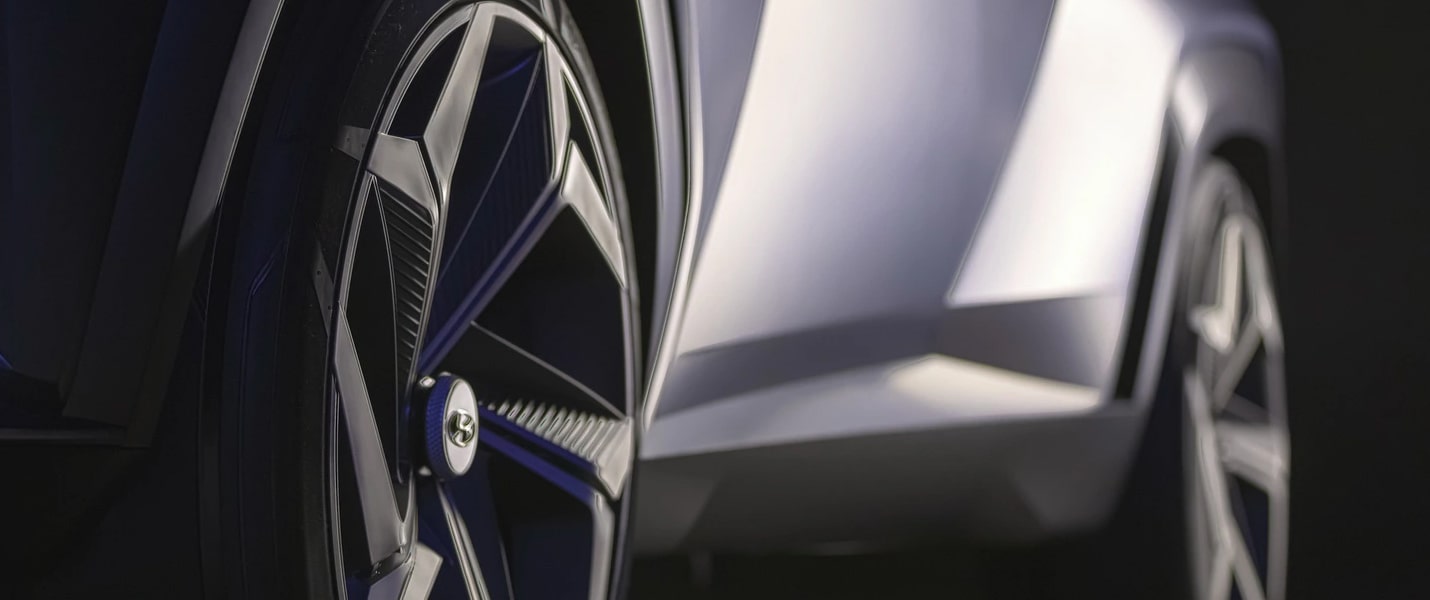
What Size Pipe Do I Need For a 1300 ft Water Supply Line?
Facing a 1,300-foot (about 396 meters) water supply pipeline project, “what diameter to choose” is the primary core question. Choosing the wrong size can lead to insufficient water flow, sudden pressure drops, and even pipe bursts – all of which can result in thousands of additional costs. As experts in pipe manufacturing for years, we’ll guide you step by step through scientific calculations to avoid common pitfalls and ensure the efficient and stable operation of your long-distance water delivery system.
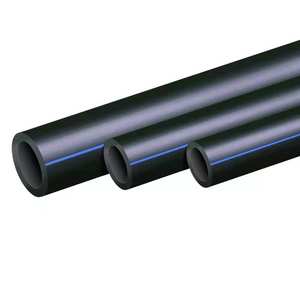
Core factor: The cornerstone of scientific calculation
Pipe diameter selection is not guesswork but precise calculation based on key parameters:
1. Peak flow demand (GPM – gallons per minute or LPM – liters per minute) : This is the decisive factor! What is the maximum volume of water you need to use simultaneously? Is it irrigating 50 acres of farmland? Or supply large camps or construction sites? Underestimation is the primary cause of the later water flow.
2. Available water source pressure (PSI – pounds per square inch or kPa – kilopascals) : What is the initial pressure at the water source (such as the pump outlet or municipal interface)? Long-distance transportation is bound to result in pressure loss.
3. Acceptable pressure loss: How much pressure does the terminal equipment (nozzles, faucets, devices) need to function properly? Usually, a margin of 20-30 PSI should be reserved.
4 Pipe material: The inner wall smoothness (coefficient of friction) of different materials (such as HDPE, PVC, steel pipe) varies significantly, directly affecting pressure loss. HDPE pipes, with their super-smooth inner walls and excellent corrosion resistance, are preferred for long-distance water supply and can significantly reduce pumping energy consumption.
5 Pipeline layout: Elbows, valves, elevation changes (climbs) will add extra pressure loss, so extra margins should be reserved in the design.
Calculation demonstration: A practical analysis of a 1300-foot pipeline
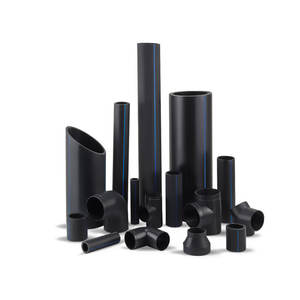
Hypothetical scenario:
Peak flow: 15 GPM (56.8 LPM) – to meet the simultaneous water usage of multiple irrigation points or facilities
Source pressure: 60 PSI (414 kPa)
Require terminal pressure: ≥ 30 PSI (207 kPa) – ensure the equipment starts up properly
Maximum allowable pressure loss: 60 PSI – 30 PSI = 30 PSI (207 kPa)
Pipe material: We recommend high performance HDPE pipe (C ≈150)
Calculate using the industry standard Hazen-Williams formula:
Hf = (10.67 * L * Q¹.⁸⁵²)/(C¹.⁸⁵² * D⁴.⁸⁷)
Hf = Frictional loss (foot head)
L = Pipe length (feet)
Q = Flow rate (cubic feet per second – conversion required)
C = Hazen-Williams coefficient (HDPE≈150)
D = Pipe inner diameter (feet)
Key steps and results:
1. Flow conversion: 15 GPM ≈ 0.0334 cubic feet per second
2 Calculate pressure loss at different pipe diameters (PSI/100ft) :
1.5 inch pipe (actual inner diameter ≈1.61 inches) : Loss ≈ 4.2 PSI/100ft → total loss = 4.2 * (1300/100) ≈ 54.6 PSI (far over 30 PSI limit!) Minimal water flow)
2 inch pipe (actual inner diameter ≈2.07 inches) : Loss ≈ 1.3 PSI/100ft → total loss = 1.3 * 13 ≈ 16.9 PSI (end pressure ≈60-16.9=43.1 PSI > 30 PSI, meeting requirements)
2.5-inch tube (actual inner diameter ≈2.47 inches) : Loss ≈ 0.5 PSI/100ft → total loss ≈ 6.5 PSI (end pressure ≈53.5 PSI – more abundant but more costly)
For this 1,300-foot, 15 GPM water supply requirement, the 2-inch HDPE pipe strikes the best balance between meeting the pressure requirement (43.1 PSI > 30 PSI) and cost-effectiveness.
Professional Tip: In practical applications, be sure to calculate extra pressure losses from elbows, valves, and elevation changes (typically with an additional margin of 15%-25%). It is strongly recommended to use professional hydraulic calculation software or consult an engineer for a final review.
Key considerations for long-distance water conveyance with our professional solutions
1. Water hammer protection: Water hammer impact must be taken into account for a 1,300-foot pipeline! It is crucial to start and stop pumps slowly and install reliable HDPE water hammer eliminators to avoid pipe bursts.
2 Thermal expansion/contraction: HDPE pipes expand and contract significantly. Professional design of expansion joints or use of natural bending compensation is necessary.
3. Joint reliability: Electrofusion or hot-melt butt welding is the gold standard for long-distance HDPE water supply, ensuring zero leakage and significantly reducing later maintenance costs. Stay away from the risks of mechanical joints.
4. Burial depth and protection: Strictly follow local specifications to ensure sufficient burial depth (usually below the permafrost layer), lay the pipe bed evenly with sand, and avoid sharp stones damaging the pipe wall.
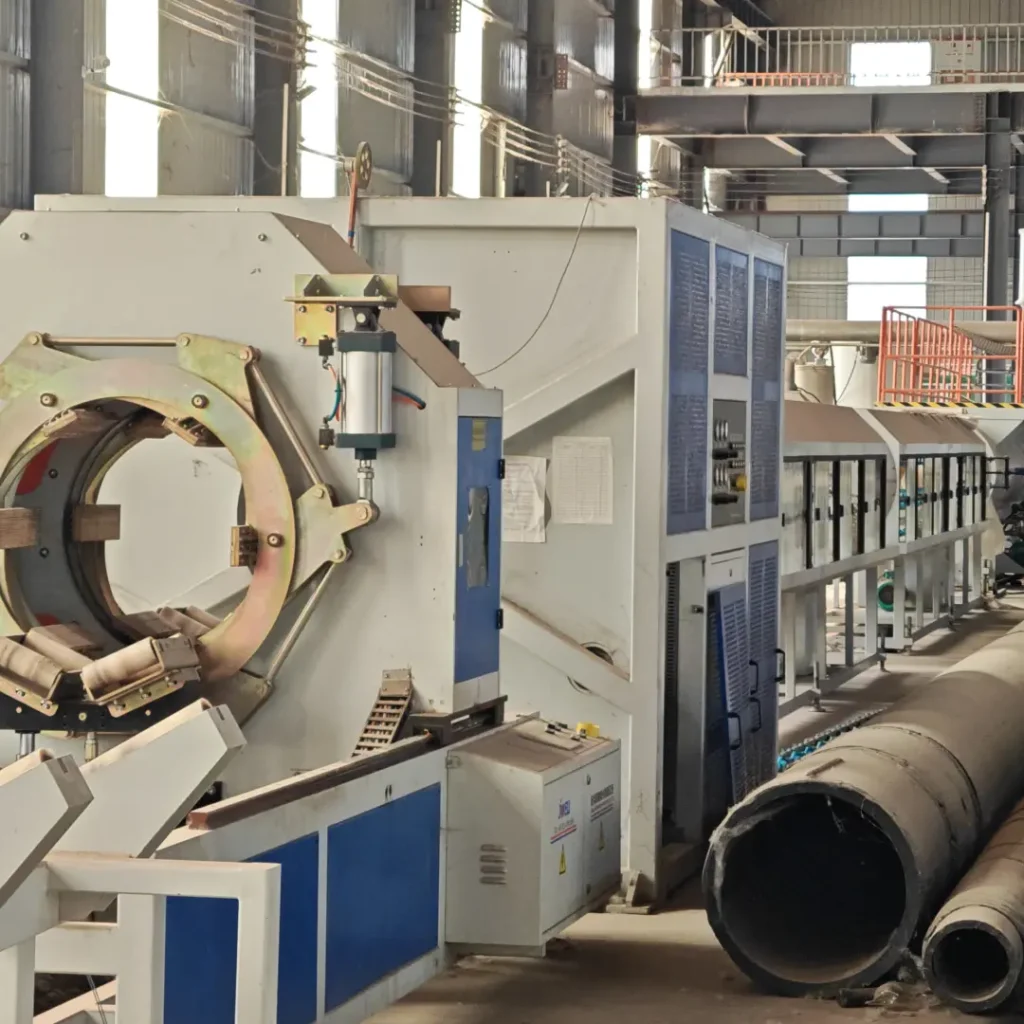
Why choose HDPE pipeline solution?
Ultra-low friction loss: High C value HDPE pipes optimized for long-distance water delivery significantly reduce pumping costs.
Outstanding corrosion resistance: Resistant to soil chemicals and water quality, with a design life of over 50 years.
Extremely high toughness: Excellent impact and scratch resistance, suitable for complex terrain.
Seamless connection guarantee: Full professional fusion equipment and technical support are provided to ensure permanent sealing of the joint.
Long roll supply: Reduce the number of joints, lower the risk of leakage points, and speed up construction progress.
Key step to ensuring a worry-free water supply of 1,300 feet
Accurately calculating the diameter required for a 1,300-foot water supply line is the foundation of project success. Blind selection will result in persistent underflow, pressure instability and high maintenance costs. The 2-inch HDPE pipe shows the best balance in the example, but your actual needs may be different.
Supplier
Luoyang Datang Energy Tech Co., Ltd. is a leading Chinese manufacturer specializing in high-quality plastic pipes and fittings. Equipped with state-of-the-art automated production lines and supported by a team of 200 professionals, we offer an extensive product line comprising over 150 types of plastic pipes and fittings designed for water supply and drainage systems, gas transmission, and floor heating systems. Our main products include PVC Pipes and Fittings, PE (HDPE) Pipes and Fittings, PPR Pipes and Fittings, and PEX Floor Heating Pipes.
Should you have any inquiries regarding HDPE water supply pipe, PPR pipes,Brass Valves and brass fittings, please do not hesitate to contact us!
Tel.:0086-183 3790 0677
Wechat: 0086-183 3790 0677
Whatsapp: 0086-183 3790 0677
Email: sales@pipesandfittings.net

